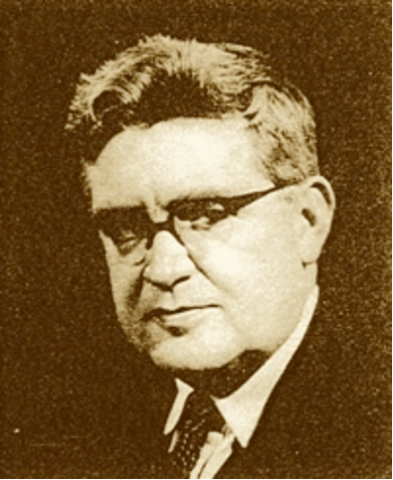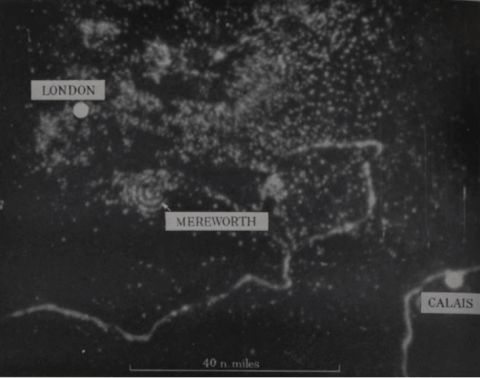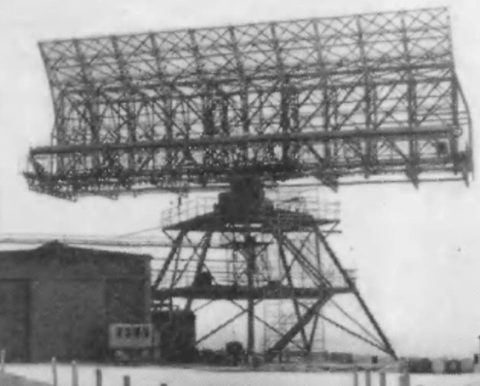The History Column: Ring Angels
In the years following WW2, as radars became larger and more sensitive, echoes were occasionally observed which did not appear to correspond with targets or clutter. These became known as ‘angels’. Several people attempted to find explanations for these, and in some cases they were found to be due to weather phenomena, in other cases they were ascribed to birds.
A particularly curious form of angels gave a radar echo which expanded as a series of concentric circles, over a period of minutes. These were first observed by Elder at Ypsilanti, MI, in 1957, and occurred at sunset. He postulated that they might be due to a gravity shear wave in the atmosphere. A better explanation was provided by Ligda in 1958, who showed that a flock of redwinged blackbirds at Texarkana, TX, gave an expanding ring on a PPI display.
This work was extended by Eric Eastwood in the UK. He had worked on radar for the Royal Air Force during WW2, and became Director of Research at the laboratory of the Marconi Company, at Great Baddow in Essex. He was able to use a large high-power L-band radar located at Bushy Hill, not far from Great Baddow.



He published these results in a series of papers, and in a book Radar Ornithology which established the science of using radar to study birds and bird migration. He was elected Fellow of the Royal Society in 1968 and he was knighted in 1973. He served as President of the Institution of Electrical Engineers (IEE) in 1972.
Further information may be found in:
Eastwood, E., Isted, G.A. and Rider, G.C., ‘Radar ring angels and the roosting behaviour of starlings’, Proc. Roy. Soc. (B), vol.156, pp242-267, 1962.
Eastwood, E. and Rider, G.C., ‘The influence of radio waves on birds’, British Birds, Vol.57, No.11, November 1964.
Eastwood, E., Radar Ornithology, Methuen, 1967.
Authored by Hugh Griffiths
University College London

